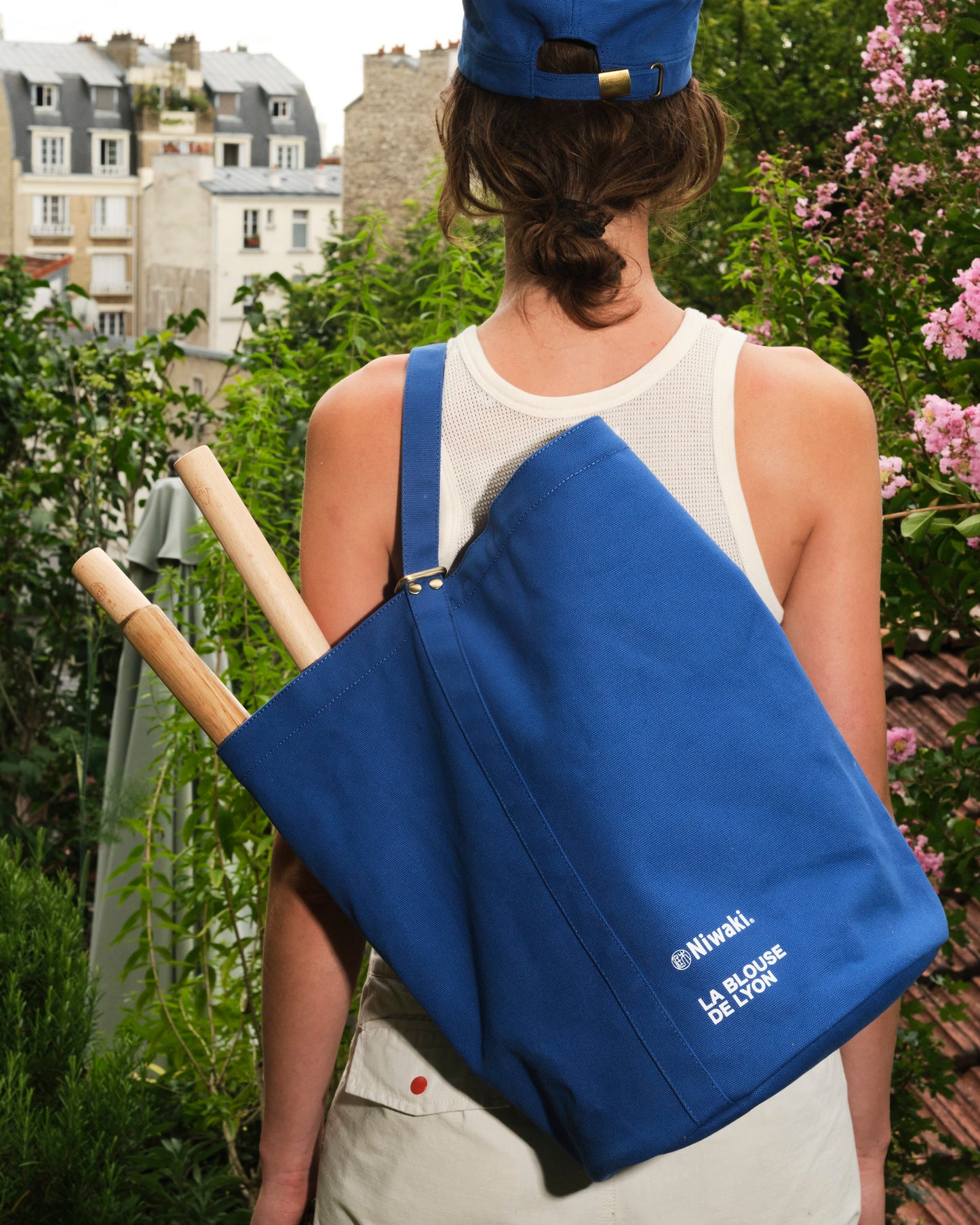"Indiennes" are painted or printed fabrics made in Europe between the 17th and 19th centuries. The name "Indienne" comes from the trading posts in India from which they were originally imported. In India, textile printing is a craft with ancient know-how that has been passed down from generation to generation.
The first "indiennes" prints were imported into Europe by the Portuguese in the 16th century. The intensification of trade relations between East and West during the 17th century ensured the triumph of these lightweight fabrics, highly resistant to light and washing, with their vibrant and varied designs. The secret of manufacturing Indiennes lies in the principle of the "mordant", a metallic salt printed on a wooden block, which fixes the coloring matter on the cotton fiber when the fabric is immersed in a dye bath.
Indian weaving workshops opened in England, Holland and Switzerland.
In a society accustomed to heavy silk and wool fabrics or plain linen canvases, success was dazzling. The East India Companies had no trouble selling increasingly large quantities of cargo. To cope with this competition, Louis XIV and Louvois wanted to protect French textile manufacturers. In October 1686, a decree from the King's Council of State prohibited "cotton canvases painted in India or counterfeited in the kingdom."
However, the more the prohibition measures intensified, the more the monarchical power failed to curb this veritable fashion phenomenon that affected all social classes. A very strong contraband arose from this prohibition, of which Aix en Provence would be the capital. Indian textile workshops were nevertheless created throughout the territory, in Marseille, Le Havre, Rouen, and Angers, but could only sell abroad. In the Comtat Venaissin (part of present-day Vaucluse), then under the authority of the Pope and thus escaping the regal laws, manufacturers continued to prosper. This was the revival of "indiennes" known today as Provençal fabrics.
This context was also favorable to the Indian fabric factories in Mulhouse, a small independent republic (attached to France in 1798), which acquired a technical and commercial advantage until the lifting of the prohibition in October 1759, which marked the beginning of the industrial era. The Jouy-en-Josas factory, created by Christophe-Philippe Oberkampf in 1760, became famous for the monochrome motif ("toile de Jouy"), generally representing figures in a rural setting.
History of Gardian Fashion: The gardian (a word of Provençal origin) is the guardian of a Camargue herd, namely a herd of bulls or horses raised in semi-freedom and belonging to a manadier (breeder). In the rural world of 19th-century France, the gardian was none other than a mounted drover and dressed like the peasants of the time.
Before the First World War there was no specific gardian costume.
It was the Marquis Folco de Baroncelli-Javon (known as Lou Marquès), founder of the Nacioun gardiano in 1904, who codified the current gardiane outfit at the request of Frédéric Mistral. In order to give more unity and allure to the choupo (group of gardians in the Provençal language) during gardiane festivals, he imposed the velvet jacket, the moleskin trousers (moleskin), the brightly colored shirt with Indian patterns and the Valergues hat.



